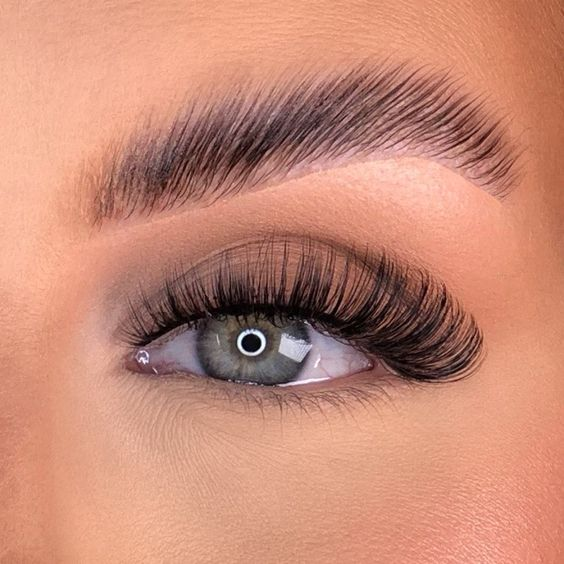History of Fake Eyelashes:
How long have eyelash extensions been around? You might be shocked to learn that ladies have been searching for innovative ways to improve their eyes and lashes for millennia.
It may be difficult to believe, but consider this for a moment. Has there ever been a time when you didn’t want to look your best? Beauty isn’t a fad. For centuries, women have experimented with various ways to express their unique attractiveness through bodily additions and changes.
Join us on a journey down the false lashes for beginners extension lane from ancient Egypt to the current day to see how the need, demand, and cycle of lash enhancements have evolved through ages, culminating in the advent of today’s lash extensions in the 2000s.
Purpose of Eyelashes
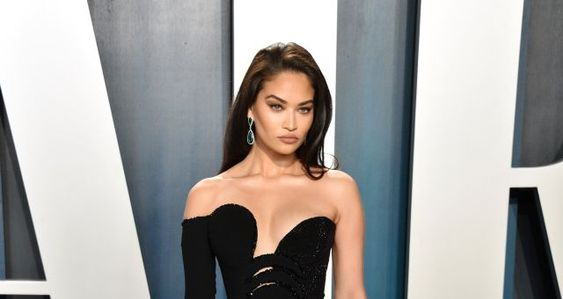
The aesthetic attractiveness of eyelashes is frequently the focus. During the Covid era, sales of mascara, eye cosmetics, and fake eyelashes are all on the rise. While eyelashes provide flair to the eyes, they also play an important role in eye safety.
Have you ever had a speck of lint or a grain of sand get stuck in your eyelashes? That’s how eyelashes work as a preventative measure. Eyelashes act as the first line of defense for your eyes, preventing dirt, dust, lint, and other debris from getting into the delicate eye tissues.
Eyelashes catch some flying debris when eyes are open, but when closed, they form a practically impenetrable barrier against foreign irritants from getting into the eye.
While we addressed fake eyelashes earlier, it’s important to be aware of their impacts. The glue used to attach them to your eyelids can irritate your eyes. When you use a foreign material near your eyes, such as mascara, fake lashes, or other cosmetics, you risk infection and allergic responses. If you must use them, do it sparingly and with the utmost care when it comes to makeup and other eye accessories.
Eyelash Background
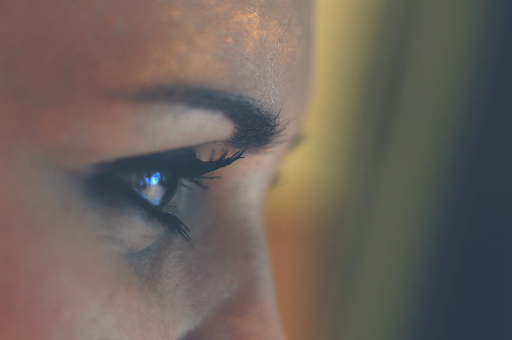
Enhancing eyelashes has a long history, dating back to the Egyptians in 2500 B.C. when ointments and brushes were utilized to generate fluttery, fanned-out lash appearances. For both men and women, tinting treatments were very popular.
The Roman Days
Pliny the Elder, an ancient Roman author, made long lashes even more desirable by claiming they were linked to chastity. Pliny asserted, falsely, that “excessive intercourse caused eyelashes to fall out, and it was especially vital for women to keep their eyelashes long to establish their chastity.” As a result, women worked hard to achieve the longest lashes they could.
The Middle Age Era
Women in the Middle Ages were more concerned about their foreheads than their lashes, believe it or not! It may sound strange, but it was once thought to be a lovely characteristic. They shaved their eyebrows and plucked their eyelashes to highlight their foreheads.
The 1800s’
According to Racked, there have been reports of women having lashes inserted into their eyelids using needles. Yes, that was a common technique, especially in major cities such as Paris. Those who were less brave tried gluing human hair to their eyelids instead of threading it around this time, but the approach wasn’t very successful, and the hair frequently fell off.
The 1900S’ Lash Industry
Now, for some more advanced lash technology, we welcome you to the twentieth century. Karl Nessler, a well-known English hairdresser, developed a patented procedure for creating and weaving artificial eyelashes in 1902. In 1911, Anna Taylor, a Canadian lady, became the first to file a patent for artificial lashes. She achieved this by creating a crescent of cloth material with tiny holes in it.
During film shoots in 1916, D.W. Griffith, a Hollywood film producer, became an eyelash pioneer. He felt something was lacking in silent film actress Seena Owen while watching outtakes. Beautiful, feminine eyelashes, to be exact! Griffith came up with the idea of changing Owen’s eyelashes. The film’s resident wigmaker was tasked with making lash extensions out of a mix of human and synthetic hair.
Enhanced eyelashes were more fashionable in the 1940s and 1950s thanks to Hollywood. The beauty industry took note and began experimenting with different lash application procedures right once.
The 2000s’
Fast forward to the early 2000s, and we have the modern-day eyelash extensions and services that we are all familiar with. Sure, lash strips were still popular, but owing to celebrities like Paris Hilton and Jennifer Lopez, the popularity of this beauty service skyrocketed. Eyelash extensions were popular among women of all ages because of their low-maintenance benefits and more natural appearance than strip lashes.
They made their way into the mainstream thanks to the use of lashes by some of the world’s most renowned women. Fake eyelashes are now available almost everywhere that sells makeup, from eyelash manufacturers to online, to beauty stores, and everywhere in between
Who Invented False Eyelashes
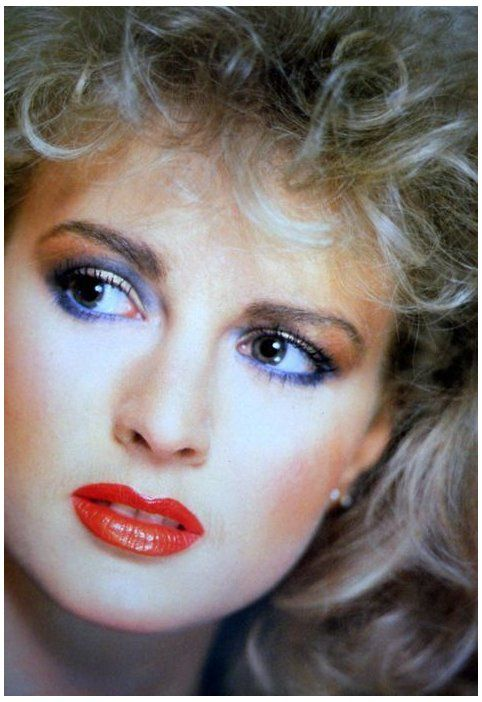
In 1911, a Canadian inventor patented fake eyelashes.
Long eyelashes have been prized by societies throughout history, and people have tried a variety of procedures to achieve these beauty standards. To protect their eyes from the desert sun, ancient Egyptian ladies and men used kohl and ointments to darken their eyelashes.
Women in ancient Rome did the same thing, believing that long eyelashes were a sign of purity.
The first cosmetic mascara was invented in the Victorian era by Queen Victoria’s perfumer Eugene Rimmel.
Canadian inventor Anna Taylor secured a U.S. patent for “artificial eyelashes” similar to those used in cosmetics today on June 6, 1911.
A widespread assertion on social media is forcing artificial eyelash users to face the beauty accessory’s purported filthy history: Several famous photos falsely claim that the cosmetic accessory was designed by a 19th-century prostitute Gerda Peridule to protect her eyes from bodily fluids.
Where Do Eyelashes Come From
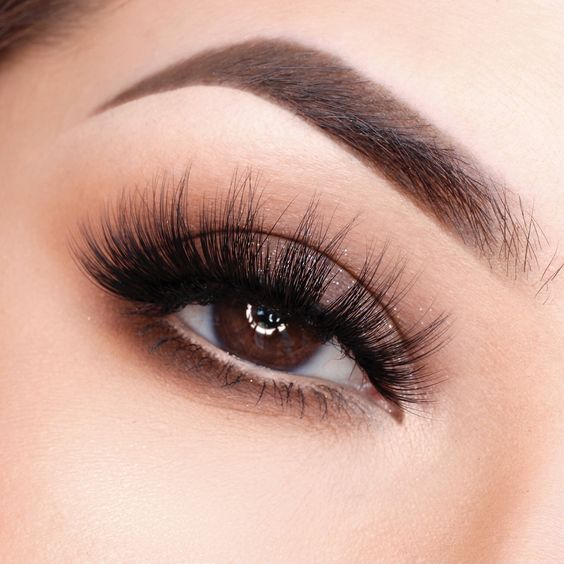
Keratin, a natural substance produced by the human body, is used to make natural lashes. They have their roots in the eyelid and are fed by the follicle. The lash’s structure is similar to that of human hair on the head. Lashes are mostly proteins and contain a small amount of water (approximately ten percent) (ninety percent or so). Although lashes are seen as a cosmetic improvement, they perform a vital function.
False eyelashes cover a vast range of different types of eyelash extensions. Although they are not a new invention, they have come a long way from their forerunners. False lashes were composed of natural human hair and affixed to a strip of silk or even gauze in the early 1900s. The end result looked similar to today’s fake eyelashes, but it wasn’t as durable. The pieces came apart easily and didn’t always achieve the desired look. In fact, a writer even described how one woman looked “as if…[they] were recovering from a small explosion.
False eyelashes have come a long way in recent years. Fake lashes are made of a number of materials, including horsehair, silk, mink, synthetic, and human hair and are used by a wide range of people around the world. Although horsehair is still utilized in some instances, there are presently three main materials used to make fake eyelashes.
Conclusion
Thanks to the use of lashes by some of the world’s most renowned women eyelash extensions have made their way into the mainstream. Fake eyelashes may now be purchased almost anywhere. Contact us to place your orders or ask any questions about our eyelash extensions and we will be happy to answer you.

